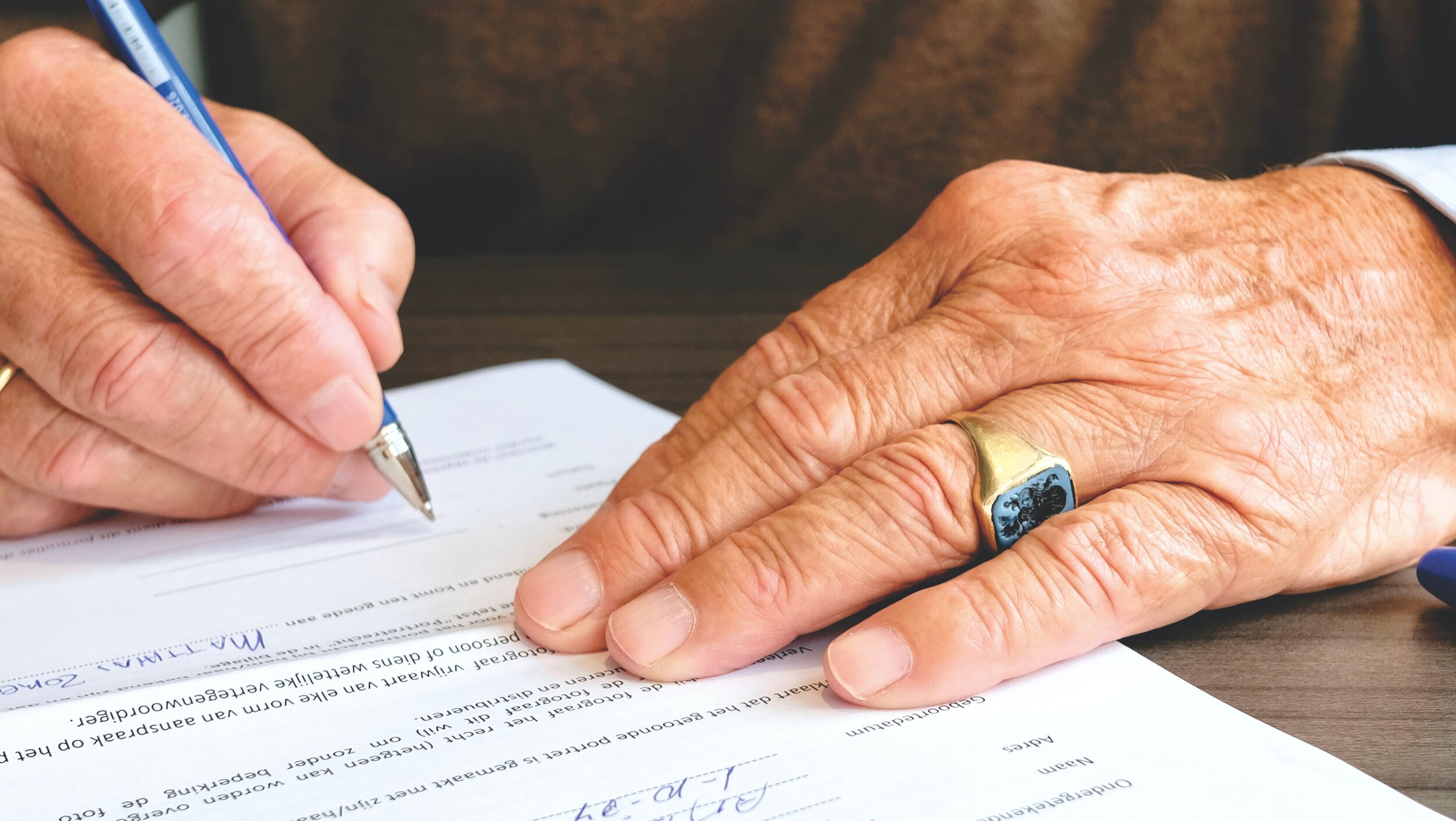If you are at least 65 years old and a homeowner, you may be able to leverage the equity in your home by taking out a reverse mortgage. If you wish to augment your income in retirement, this could be an excellent alternative.
Instead of paying monthly payments on the money you get from a reverse mortgage, the amount is due when you relocate, sell the home, or die. However, due to eligibility requirements, steep closing fees and estate planning implications, reverse mortgages may not be the best answer for everyone.
Here are some important things you need to know about reverse mortgages, as well as five alternatives to think about:
Reverse Mortgages and How They Operate
A reverse mortgage is a sort of loan in which you borrow against your home’s equity and receive funds from the lender. There are various forms of reverse mortgages.
You will keep your home and utilize the funds to pay off the remaining balance on your existing mortgage. The remaining funds can be used for almost anything, including living expenses, debt consolidation, in-home care, home improvements or an emergency fund.
Repayment is postponed until you sell or move out. If you die, your heirs can sell the house, repay the mortgage, and keep any leftover funds.
To be eligible for a reverse mortgage, both you and your home must meet certain conditions:
- You must be at least 65 years old.
- You either own the house outright or have a minimal mortgage balance. Each lender has different requirements.
- As a primary residence, you or your spouse dwell in the house.
- The house is in excellent shape.
- You must also continue to pay all property taxes, homeowner’s insurance premiums, and other household upkeep fees while you live in the home.
The Drawbacks of a Reverse Mortgage
Reverse mortgages have drawbacks that may make them unsuitable for homeowners in certain circumstances. These include:
The upfront costs of a reverse mortgage may be too high. Closing costs and loan-related fees, such as an initial mortgage insurance premium, are usually required.
You will lose equity in your home. A reverse mortgage allows you to borrow against the equity in your house, which reduces your equity and raises your debt.
The lender may want the balance in advance. If you do not maintain the home, fall behind on property taxes and homeowners insurance, establish another home as your principal residence or pass away, the amount must be returned. If you are unable to repay, the lender may foreclose on the property.
You may outlive your earnings. You may run out of money depending on how you spend the reverse mortgage cash.
The home’s heirs may be unable to preserve it. Your heirs may be able to keep your home after you die, but it may cost them money.
5 Reverse Mortgage Alternatives
If the drawbacks of reverse mortgages put you off, there are other ways to access your home equity.
access your home equity.
- Go with a private reverse mortgage
Best for: Getting a reverse mortgage without paying fees and with little danger of foreclosure.
A private reverse mortgage, often known as an “intra-family” loan, is one option. With this approach, your family members — typically your adult children — make regular payments to you, and they receive a refund when the house is sold.
This may influence your estate planning and tax status, so consult with a tax consultant or an attorney beforehand.
- Refinance your mortgage
Best for: Leaving your home to your heirs.
If you already have a mortgage, you may be able to replace it with one that better matches your needs. You can cut the interest rate, adjust the loan term (or do both) with a rate-and-term refinance. This can help you save money in your budget.
Because you borrow more than you owe, then pay down the principal on your old home loan and keep the difference, a cash-out refinance can help you cover a big expense.
Pay close attention to the new loan term with both types of refinancing because it can impact your retirement plan. A longer-term loan will put you in debt for a more extended period and may cost you more money in interest. Consider refinancing into a new loan with a period of 10 or 15 years.
- Downsize and sell
Best for: Lowering overall expenses without acquiring new debt.
You can decide to sell your home if you require less space and this will lower your housing costs. Some housing types, such as condos or assisted living facilities, even take care of the maintenance for you.
Seniors may also be eligible for provincial and local government programs for financial assistance with utilities, home maintenance and property taxes.
- Apply for a home equity loan
Best for: Covering a significant expense.
A home equity loan is a second mortgage that allows you to borrow money by using the equity in your home as collateral. The bank offers you a large sum of money upfront, which you will repay in equal installments over a few years.
This could be a less expensive way to borrow money than a reverse mortgage, credit card, or personal loan. Plus, you keep the home in the process.
- Think about a home equity line of credit (HELOC)
Best for: Borrowing money only when you need it.
A home equity line of credit is a second mortgage, but the money is distributed differently. You are given access to a line of credit from which you can borrow at any moment throughout the draw period, paying interest only on what you borrow.
Once the draw period ends, you have several years to repay any balance that remains. If you don’t have any emergency funds, this can be a nice safety net.
Looking for more information about reverse mortgages and their alternatives? Amansad Financial‘s Certified Reverse Mortgage specialists are standing by for your call at 780-756-1119 today.

